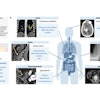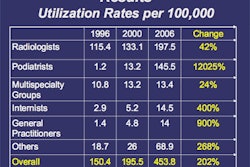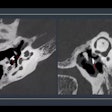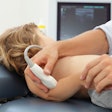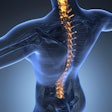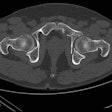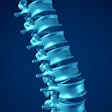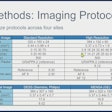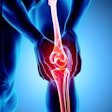Dear AuntMinnie Member,
Radiologists at Stanford University are taking a new look at sodium MRI, in which they see intriguing possibilities for the early detection of osteoarthritis.
The use of MRI to detect the presence of sodium in the body has been around for years, according to an article by staff writer Wayne Forrest in our Musculoskeletal Imaging Digital Community. But because sodium is far less prevalent than hydrogen protons, conventional 1.5-tesla scanners weren't capable of generating the resolution necessary to make the technique clinically useful.
Stanford researchers believe the new generation of 3-tesla machines could make sodium MRI viable in the clinical setting for detecting early signs of osteoarthritis. Find out how they're doing it by clicking here, or visit the community at msk.auntminnie.com.
More on HRT and breast cancer
In other news, a new study out this week offers insight into the relationship between hormone replacement therapy (HRT) and breast cancer. The study published in today's New England Journal of Medicine adds further proof to the hypothesis that the recent decline in breast cancer incidence is due to the drop in HRT usage, and not to mammography screening.
Stanford University researchers tracked cancer incidence among a group of women who had been receiving HRT but who stopped treatment following evidence in 2002 that hormone therapy was linked to breast cancer. The researchers found a sharp drop in breast cancer rates, a drop that persisted after factoring in the possible influence of mammography screening.
Read more by clicking here, or visit our Women's Imaging Digital Community at women.auntminnie.com.

